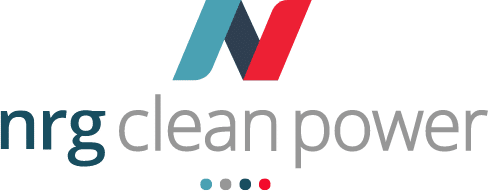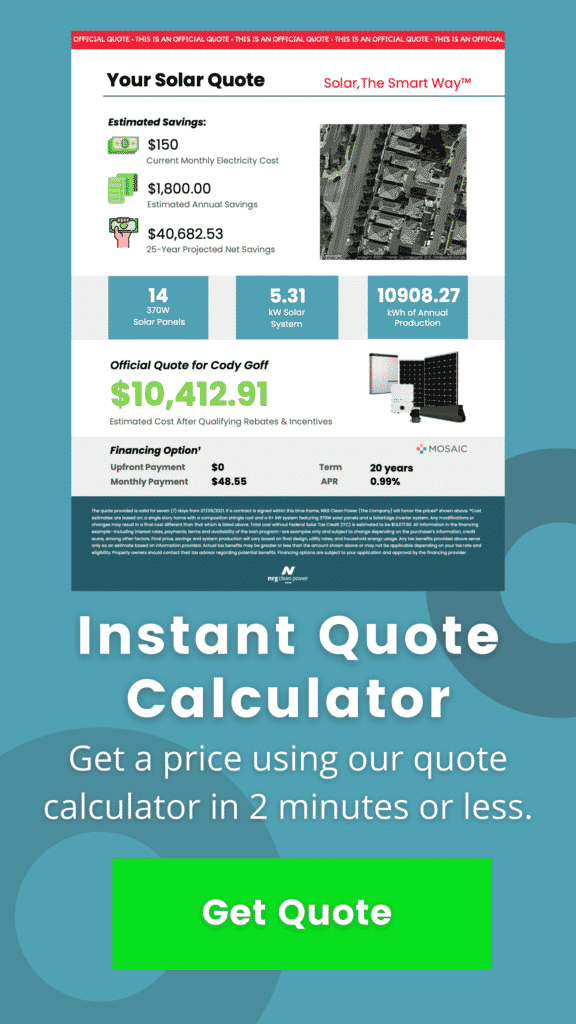
You cannot talk of residential solar without a passing mention of 10kW solar arrays. Popular across countries like the US and Australia, 10 kW Solar Systems have emerged to be the top choice for house owners looking to go clean and green.
However, while the 10kW solar system might have its benefits, it may not be the ideal one for you.
So, before you jump on the solar energy bandwagon, understand if a 10kW solar setup is worth the investment and will serve your needs (or not).
Why is 10kW Solar Systems A Default Choice for Residential Usage?
If you’re a residential solar user or someone planning on going solar, solar advisors will probably suggest that you go for a 10kW solar system. Clean energy forums will echo similar sentiments.
So, what makes them such a coveted choice for residential solar usage?
Well, 10kW solar arrays are perfect for the power needs of an average American home. This isn’t a hypothesis but a fact. Let’s do the math to understand why.
A 10kW solar system produces roughly 40kWh of power in a day. It is enough to power an average American household that consumes 29.53kWh power per day. And that’s not all. It also provides a surplus of about 10kWh.
At first glance, a 10kW solar array seems like an ideal choice when you decide to go grid-free or are looking to optimize savings, even if you are grid-tied.
When you consider government incentives, like the 30% tax credit introduced by the Biden government and the decreasing cost of solar panels on top of that, going solar makes a lot of sense.
That’s why despite the aftermath of the pandemic and supply chain disruptions, residential solar saw a 40% growth from 2021 to 2022. And more and more homeowners are going solar today.
Does that mean a 10kW solar setup will serve your needs too?
Well, that depends on your electricity consumption.
Can a 10kW Solar Panel Produce Electricity for American Homes?
A well-maintained 10kW solar array working at 100% efficiency can produce electricity at full capacity. So, if twenty five 400 Watt solar panels make up your 10kW array, each panel can produce 400 Wh of energy at peak efficiency.
You might think that’s incredible and will take care of your power consumption needs, but not really.
Any solar panel arrangement is 100% efficient only under ideal conditions. This means it would need at least 60 minutes of uninterrupted sunlight at peak hours (1000 Watts of energy per square meter) to be optimally efficient.
In addition, the following factors will also impact its capacity:
- Prevailing weather conditions and the overall climate of the region
- The angle of your solar panels
- Location of your home and solar panels
- Working capacity of the solar cells in your PV module
- Type of solar cells used in your solar panel
Considering all the above factors, a 10kW solar array will need a minimum of three hours of peak sunlight daily in order to power an average American household.
Considering the average residential consumption of 893 kWh of electricity per month compared to the 1,255 kWh that a 10kW solar array can produce, it may very well be enough for many.
But if your household consumes more electricity than the average, a 10kW solar array may be just borderline efficient, or worse; it might not suffice on its own.
Consider the case of Texas, for example. Texas consumed the most electricity in 2021. While this accounts for both commercial and residential usage, Texan households still use 39.2 kWh of electricity daily.
So, a 10kW solar arrangement that produces 40kWh of electricity will just about be enough for them.
Subsequently, their electricity consumption will impact the overall savings on their solar array investment.
Does the Cost of Going Solar Justify Its Means?
That’s a complicated question with no right or wrong answer.
On average, a 10kWh solar arrangement can cost anywhere between $22,000 to $30,000 without accounting for any government concessions. And since the average cost per watt of electricity varies from state to state, the price you pay will depend on the state you live in.
You may pay as much as $29,500 in New York compared to $26,900 in Texas for the same setup. Even after factoring in the 30% tax credit, residents of one state will end up paying more than another.
In addition, net metering laws and tariff rates play a crucial role in determining how financially viable it is to invest in a 10kW solar array. If your state allows you full credit for the power you send back to the grid, you can make considerable savings.
However, there are states where surplus power is credited at a much lower rate than what your supplier charges you. In such cases, your overall savings will take a hit.
You also need to consider states like California, Illinois, Indiana, Michigan, and Kentucky which are transitioning from net metering to compensation models. Yet other states offer solar subsidies in the form of mandatory discounts, tax deductions, etc.
So, when calculating your solar investment and consequent savings, take note of your local electricity tariff, solar tax, maintenance costs, and other extenuating factors.
Last but not least, before investing in a 10kW solar system, decide if you have enough space for it.
You’d need at least 60 to 90 square meters of shadow-free rooftop area to install your system. And since not every homeowner may have access to that much space, you may therefore end up paying extra just to have it installed in the best possible way.
Comparing State Wise Costs of 10kW Solar Arrays
Let’s glance through the approximate cost of setting up a 10kW solar arrangement to understand the cost differences between states:
| State | Overall Cost | Cost Post Tax Credit |
|---|---|---|
| California | $27,300 | $19,110 |
| Texas | $26,900 | $18,830 |
| North Carolina | $25,400 | $17,780 |
| Arizona | $25,300 | $17,710 |
| Nevada | $25,200 | $17,640 |
| New Jersey | $27,700 | $19,390 |
| Massachusetts | $29,400 | $20,580 |
| Georgia | $25,500 | $17,850 |
| New York | $29,500 | $20,650 |
As you can see, investing in a 10kW solar array will make for a better financial decision for people living in some states over others.
You need to consider all contributing factors with equal importance before making a decision. It is best to consult solar experts to understand which setup is ideal for requirements specific to your household and accordingly invest in that.
Recent developments in solar technology and market dynamics have influenced the cost of installing a 10 kW solar system. Advances in panel efficiency mean that homeowners can achieve higher energy output with fewer panels, potentially reducing the overall installation cost. Additionally, updated federal and state incentives in 2024 have made solar installations more affordable, providing significant financial benefits. For accurate and up-to-date pricing, it’s advisable for homeowners to obtain quotes from multiple reputable solar providers and consider the latest incentives and rebates available in their area.
The Verdict
The question remains — should you or should you not go solar? Thankfully, that’s an easy question to answer.
You should.
First off, it’s a renewable source of energy and therefore helps you go green, reducing your overall carbon footprint. And if your electricity consumption hovers around the national average, you can make up to $1603 in savings each year.
So, you have every possibility of breaking even on your solar investment in 10 to 12 years.
Even if your consumption is high and net metering tariffs are subpar, you can still get your money back within the best working years of your solar panels. Most solar panels last 25-30 years and experience major depreciation in performance only towards the end of their lifecycle.
So, you can make good your investment if you have the funds and space to install a 10kW solar array.
And if you do, you must go for it sooner than later.

Authored by Ryan Douglas
NRG Clean Power's resident writer and solar enthusiast, Ryan Douglas covers all things related to the clean energy industry.
Sources:
https://greentumble.com/10kw-solar-system-home-power
–
–
https://www.forbes.com/home-improvement/solar/cost-of-solar-panels/
–
https://news.energysage.com/10kw-solar-systems-compare-prices-installers/#10kw-cost
–
https://www.ecowatch.com/solar/10kw-solar-systems
–
https://www.hoymiles.com/resources/blog/do-i-need-a-400-watt-solar-panel/#
–
https://www.solarpowerworldonline.com/2020/03/which-states-offer-net-metering/


